We Have it So Good, and We Don’t Even Know It
I spent a couple of hours this weekend photographing the 2014 Ninth Street Derby and having a blast. In years past, I have learned that manual focusing is often the only way to go for some of the shots I get, even with the most sophisticated cameras on the market (last year I shot with both a Canon 5D Mark III and a 1D Mark III). When shooting wide in a corner, the racers just enter and exit the frame so quickly, there’s no time to acquire focus, no matter how numerous, sensitive, or fast your autofocus points are. I spent a lot of time experimenting with my manual focusing until I started to get some successful images. It was an important lesson for me.
This year I was back, only this time, I brought mirrorless cameras that allegedly have no business shooting fast action. Sporting primarily slower contrast-detect autofocus, my Fujis aren’t even class leading in their autofocus speed. I was going to write this blog specifically about how spoiled we’ve become with autofocus–for those of us who have grown up with autofocus, matrix metering, auto-ISO control and predominantly digital technology, we’ve gotten lazy. But it got me thinking about all the technologies packed into modern cameras, and it goes beyond that. We’re so focused on the newest gizmos and whatits that are packed into our new Canikuji X-R-X100s that these cameras get pigeon-holed: “oh, that camera’s autofocus is too slow, it can’t shoot sports.” It extends beyond cameras, too, and people start building walls made of things they can’t do with this lens or that speedlight, instead of marveling at the amazing technology packed into these tiny boxes. We all–and I mean, ALL of us–get caught up in the gear sometimes, and we forget how little any of it really matters if you’re trying to make a picture.
Now, don’t get me wrong–I’m no luddite, and I’m all for technology helping the camera get out of my way. I want to be as unfettered as possible by my equipment–it should allow me to realize my creative vision with a minimum of fuss. If anything, the several hours of manually focus-tracking cyclists as they whizzed by at 20+ miles per hour gave me a much greater appreciation of all the heavy lifting autofocus systems do… it’s really–I mean really–incredible how well some of the better predictive autofocus systems work. If you’ve never tried keeping something moving rapidly towards you in focus while shooting at a wider aperture, you should. It’s eye opening.
And it’s not like I didn’t have the camera helping me–I was shooting primarily using auto-ISO and shooting in partially automatic shutter or aperture priority modes. I was previewing my settings through a sophisticated electronic viewfinder, and I DID use autofocus whenever practical. What I’m trying to say, though, is that if you set out to make photographs and you have something that is capable of making photographs–i.e., a camera of some sort–then, well, where there’s a will there’s a way. Whatever you are shooting with may not be optimal for what you’re trying to do, and it may sometimes be more frustrating than something else more specifically specified for the task, but that doesn’t mean it is incapable of doing what you want it to do. In my years of photography, I have used a lot of different cameras over a wide range of abilities, and though some have been more convenient and pleasurable to use, they were all capable of getting the job done. Somehow, some way.
We take a lot for granted. Things like sharp zoom lenses, autofocus, auto metering. There was a time not too long ago where to change ISOs you had to push/pull your film, or have multiple cameras with different ISO films loaded. I sometimes find myself complaining about the artifacts in the image that I just posted to Facebook after sending it via wi-fi from my camera to my phone, editing on my phone, and then uploading wirelessly. WHAT?!?!?! Not even ten years ago I was shooting with a 6mp digital Nikon with four autofocus points and a top usable ISO of about 800. That it could even go to 1600 blew my mind. Last year, I was routinely shooting with 49 cross-type autofocus points in nearly no light and getting clean images at ISO 12,800. Twelve thousand, eight hundred.
So don’t come to me asking about my cameras can and can’t do. Come ask me what I can do, what you can do, if you take the time to practice technique, to hone vision, to tell stories with your photographs. Ask not what your camera can do for you, but what you can do for your camera. When every schmo on the corner can blast away at 6fps with a high quality constant aperture zoom lens, what sets you apart? What tells your particular story, in your particular way, with your particular aesthetic?
I get caught up in it too, I really do… just read my blog and that will be obvious enough. But I also try to take the time, sometimes, to turn around from my wide-gamut IPS panel monitor to look at the Nikon FM2 and the Mamiya C330 I have on a shelf behind me. They were stalwarts of their time, incredible photographic machines. In the Mamiya viewfinder, everything moves backwards. There’s no meter, no batteries, and the focus knobs favor precision over speed. Shutter speed maxes out at 1/500th. People still got the job done.
I’m not suggesting you don’t make use of the technology, just that you appreciate what it does, and how much flexibility it gives you. Every time this subject comes up for me and people start worrying that Camera A has .5 stops less of dynamic range than Camera B, even though Camera A’s DxO score is .2 points better than Camera B, I think of a Nikon promotional ad for the Nikon D3, a photograph of a motocyclist that I think I’ve referenced before. It was, and still is, a herald of the possibilities of digital technology–we are able to push boundaries that our forebears couldn’t even have seen. Yet those selfsame forebears were certainly capable of making meaningful photographs.
I’ll let you know the day I find the perfect camera that does everything right and nothing wrong.
Until then, save the handwringing. Go make some photographs. Make me notice and care about your images because they say something.
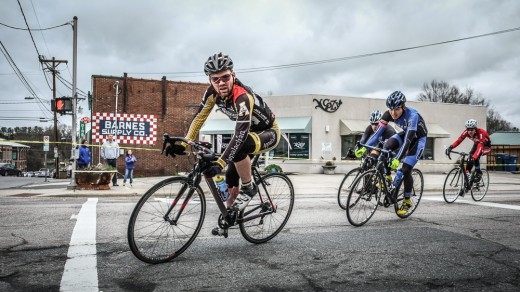
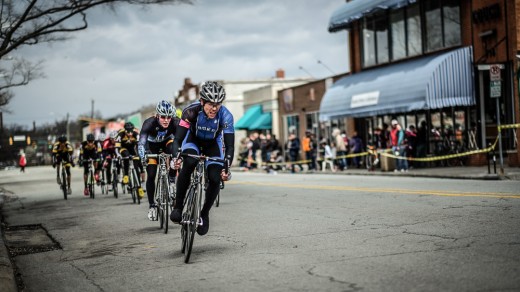
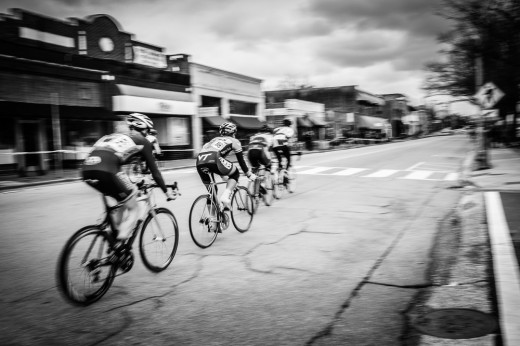
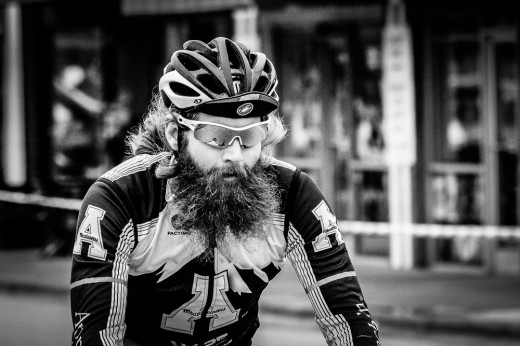
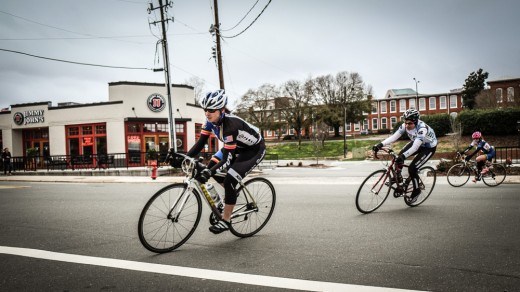
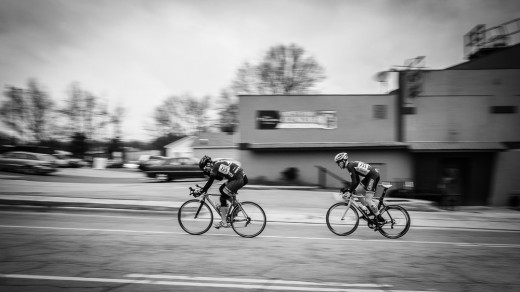
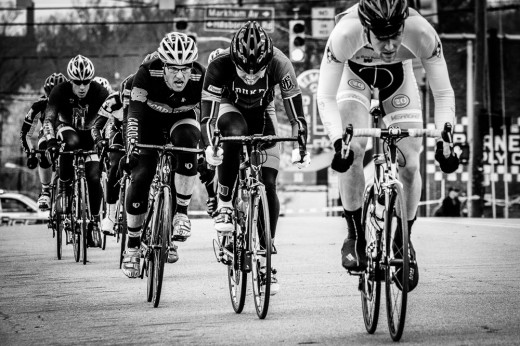
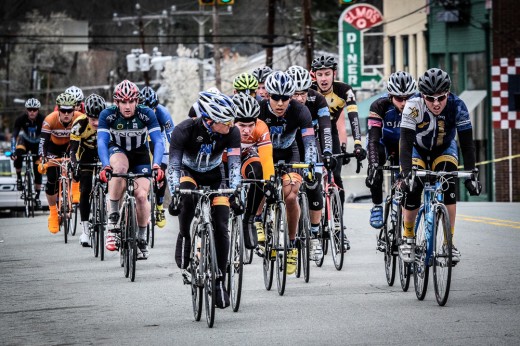
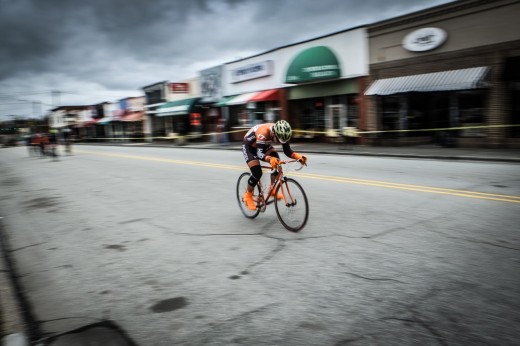
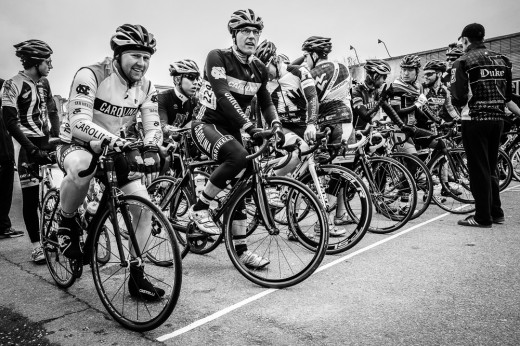
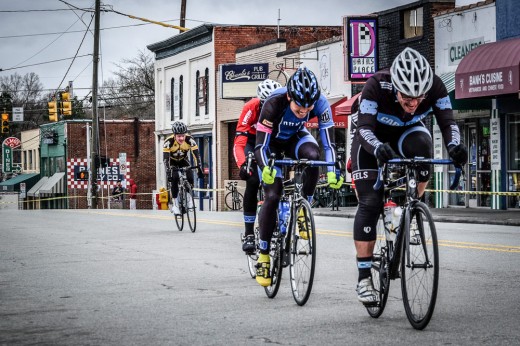

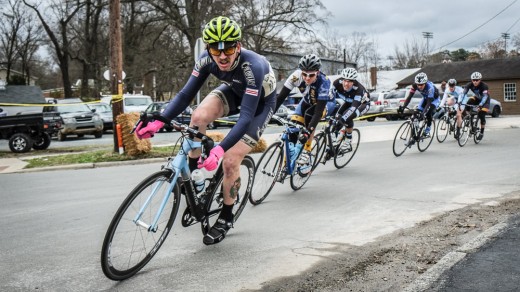

Tomas Haran on Apr 12, 2014 at 8:41 pm
Great post! I was just having a similar conversation with a friend of mine who has a dozen lenses and wants a dozen more for those “rare” moments. It really isn’t about the vision of the lens, the lens can’t see. Its about your vision and how you use that camera and lens. I like challenges and am really enjoying my Fuji cameras. These are great photos and I always say challenging situations will teach you something, shooting the same old will teach you to just shoot the same.